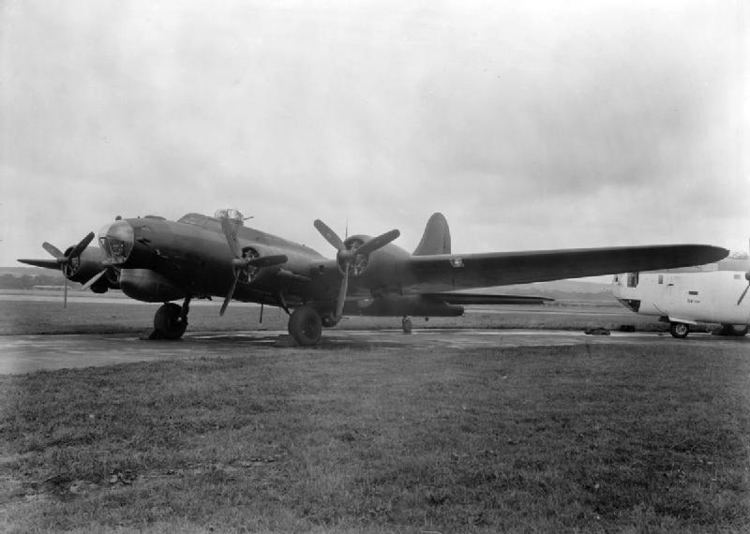Active 1917–19201935–1977 | ||
 | ||
Squadron codes 214 (Jan 1937–Apr 1939)UX (Apr 1939–Sep 1939)BU (Sep 1939–Jul 1945)QN, PX* (Nov 1946–Apr 1951, *only used by "C" Flight) | ||
No. 214 Squadron is a former unit of the Royal Air Force.
Contents
World War I
No 214 Squadron was formed from No. 14 Squadron Royal Naval Air Service (RNAS), itself formerly No. 7A Squadron RNAS only taking on the new number on 9 December 1917. With the creation of the RAF from the Royal Flying Corps and the RNAS on 1 April 1918 it received the number 214. It was later given the fuller title No 214 (Federated Malay States) Squadron.
No. 214 Squadron started with the Handley Page Type O/100 bomber but soon got the more powerful O/400 in the middle of 1918 with which it continued to fly against German strategic targets. From 29 June to 23 October 1918, 214 Squadron was based at RAF Saint Inglevert.
Between the Wars
Post war the squadron was moved to Egypt but it was disbanded on 1 February 1920 with its crew and aircraft merged into No. 216 Squadron RAF.
On 16 September 1935 'B' Flight of No. 9 Squadron RAF was used to create a new 214 Squadron. Again a bomber squadron it had the Vickers Virginia Mk. X night-bombers at RAF Boscombe Down.
World War II
By the outbreak of the Second World War it had re-equipped the Vickers Wellington which were replaced in 1942 with the larger Short Stirling, having moved to RAF Stradishall.
At a time when Stirling losses led to the aircraft being withdrawn from bombing Germany the squadron transferred to RAF Downham Market in December 1943. In January 1944, the squadron was converted to special operations, joining No. 100 Group RAF for electronic countermeasures in support of the main bombing operations.
The squadron used the Boeing Fortress Mk II and Mk III and Stirlings. They used the jamming system codenamed "Airborne Cigar" (ABC) to block German night fighter communications. German speaking radio operators would identify and jam the ground controllers broadcasts and also pose as ground controllers themselves with the intention of steering the night fighters away from the bomber streams. At least some of 214 Squadron's B-17s were equipped with 'Piperack' which countered the Germans' Lichtenstein SN-2 aerial intercept radar.
Postwar
It operated the Vickers Valiant from RAF Marham, from 21 January 1956 until 28 February 1965. Leonard Trent, a Victoria Cross winner, was the first CO of the Valiant squadron. The Valiant was at first active as a V bomber but was then converted to tankers. Disbanded in 1965 it reformed the following year with the Handley Page Victor tanker and continued until disbanded finally in 1977.
